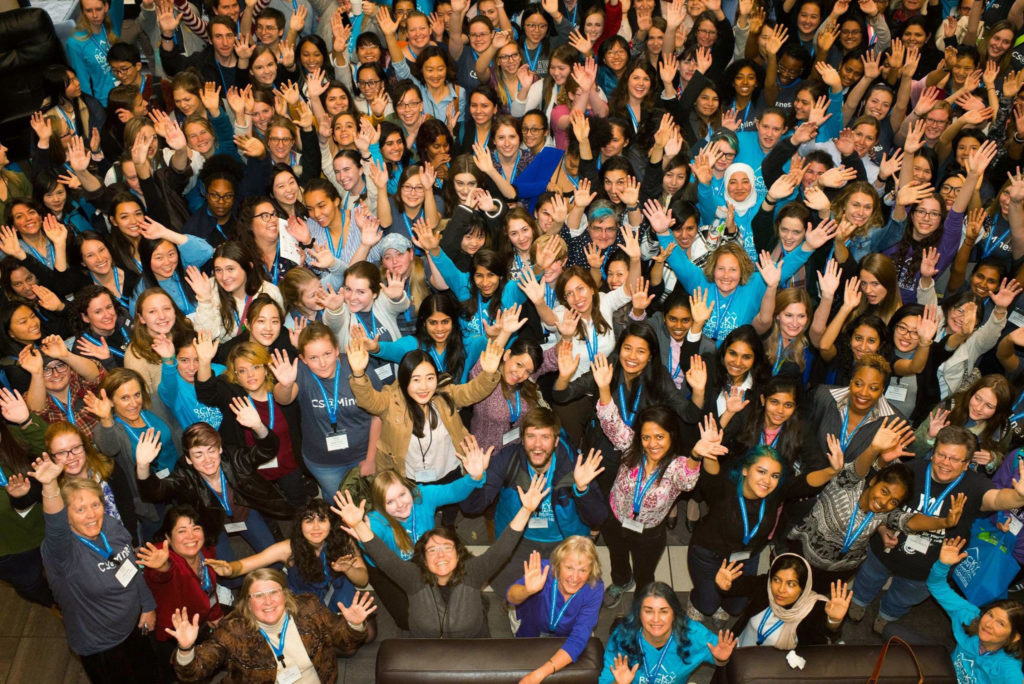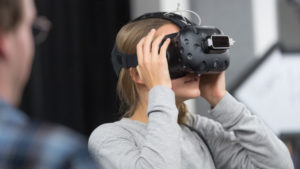
As the new school year approaches, a growing number of female students are set to enter the Department of Computer Science at Colorado State University.
It’s all part of a recent push by the department to recruit and retain more women, which is showing results. Women currently make up 12 percent of students in the department, with just under 18 percent anticipated to make up this year’s incoming class.
The department is adopting a number of initiatives outlined by BRAID (Building Recruiting And Inclusion for Diversity), an industry-leading program that focuses on making computer science programs more accessible with data-driven strategies.
As a BRAID affiliate school, CSU now has the recognition and the resources to make some big changes – altering curriculum requirements, creating supportive structures, and boosting recruitment and outreach efforts.
“It’s never just one thing that increases diversity and builds a program,” said Kristina Brown, an academic success coordinator in the department. “We have to be active in many different areas, and we are lucky to have a staff of committed faculty and advisors to help guide us with these initiatives.”

‘We have a road map to real change’
According to BRAID, one of the best ways to make a computer science degree more attainable is to start with the foundational courses. A major challenge to people entering a computer science program is the number of intensive prerequisites needed to enter even an introductory CS class.
“What BRAID shows is that women will take the math and the statistics courses,” said Craig Partridge, chair of the Department of Computer Science. “It’s just that women do it once they know why they’re doing it.”
The revamped CS 150 course, available as AUCC credit for the 2019-20 school year, is now taken earlier in the degree program to make it more accessible to all students and lay a strong foundation for later coursework.
The class teaches basic programming, but it also identifies a variety of ways to use computing and covers a larger discussion of the role of technology in society. It is also structured to focus on how computer scientists think about problem-solving.
“We tend to approach problems by asking, ‘How can we break this down into solvable pieces?’” said Partridge. “That sounds obvious, but it’s not necessarily how a lot of other people do it. Students coming out of the course don’t just like the problems and the environment, but they like the way that computer scientists think.”
Not too late
At the end of a year in the computer science program at CSU, Partridge said students without computer science experience in high school tend to perform as well as those who did not. This is important when it comes to recruiting students to the program, who come from a variety of backgrounds and experience levels.
“We don’t have to accept that K-12 caused all these issues and now women are entering without enough background in math and science,” said Partridge. “We can flip it on its head and make it more accessible for people of all backgrounds. There’s a real opportunity to undo disparities from K-12, right here during freshman year.”